The 10 scariest chemicals used in hydraulic fracking
Methanol

BTEX compounds
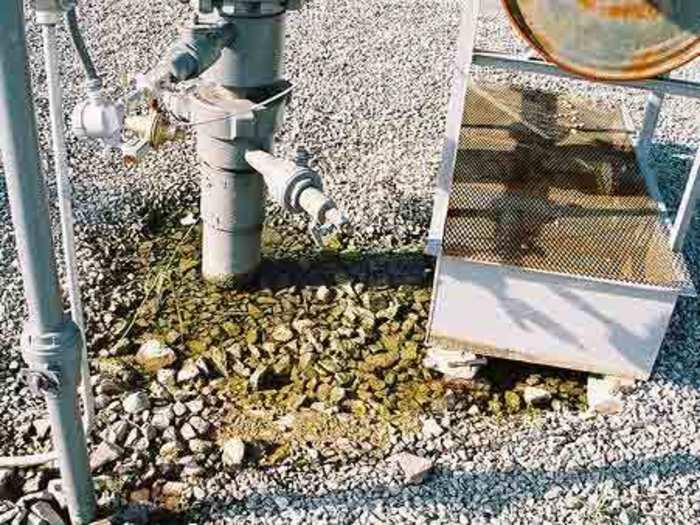
The BTEX compounds – benzene, toluene, xylene, and ethylbenzene – are listed as hazardous air pollutants in the Clean Air Act and contaminents in the Safe Drinking Water Act.
Benzene, commonly found in gasoline, is also a known human carcinogen. Long time exposure can cause cancer, bone marrow failure, or leukemia. Short term effects include dizziness, weakness, headache, breathlessness, chest constriction, nausea, and vomiting.
Toluene, ethylbenzene, and xylenes have harmful effects on the central nervous system.
The hydraulic fracturing companies injected 11.4 million gallons of products containing at least one BTEX chemical between 2005 and 2009.
Sources: ProPublica, U.S. Energy and Commerce Committee Hydraulic Fracturing Report
Diesel fuel
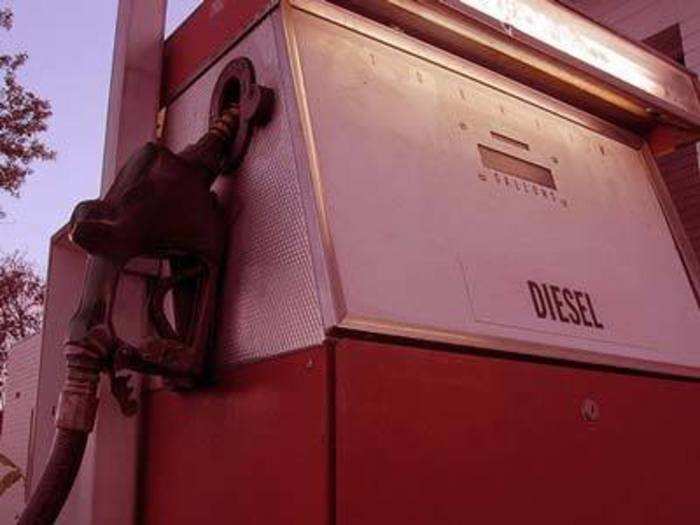
A carcinogen listed as a hazardous air pollutant under the Clean Air Act and a contaminant in the Safe Drinking Water Act.
In its 2004 report, the EPA stated that the “use of diesel fuel in fracturing fluids poses the greatest threat” to underground sources of drinking water.
Hydraulic fracturing companies injected more than 30 million gallons of diesel fuel or hydraulic fracturing fluids containing diesel fuel in wells in 19 states.
Diesel fuel contains toxic constituents, including BTEX compounds.
Contact with skin may cause redness, itching, burning, severe skin damage and cancer.
(Kerosene is also used. Found in jet and rocket fuel, the vapor can cause irritation of the eyes and nose, and ingestion can be fatal. Chronic exposure may cause drowsiness, convulsions, coma or death.)
Sources: ProPublica, U.S. Energy and Commerce Committee Hydraulic Fracturing Report
Lead
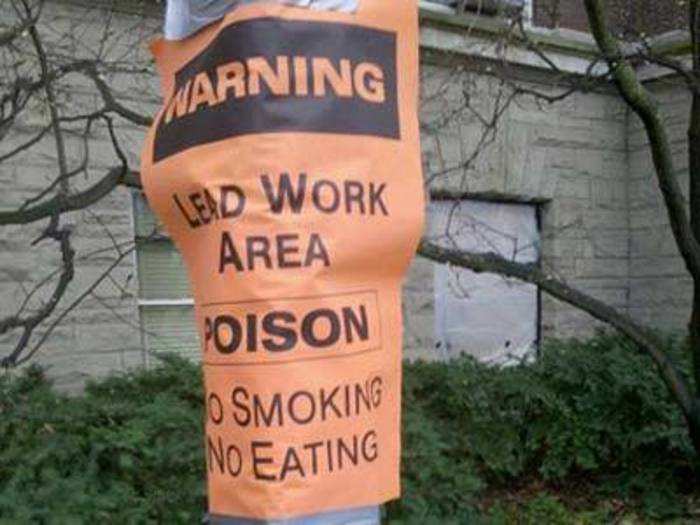
A carcinogen found in paint, building construction materials and roofing joints.
It is listed as a hazardous air pollutant in the Clean Air Act and a contaminant in the Safe Drinking Water Act.
Lead is particularly harmful to children’s neurological development. It also can cause reproductive problems, high blood pressure, and nerve disorders in adults.
One of the hydraulic fracturing companies used 780 gallons of a product containing lead between 2005 and 2009.
Source: U.S. Energy and Commerce Committee Hydraulic Fracturing Report
Hydrogen fluoride
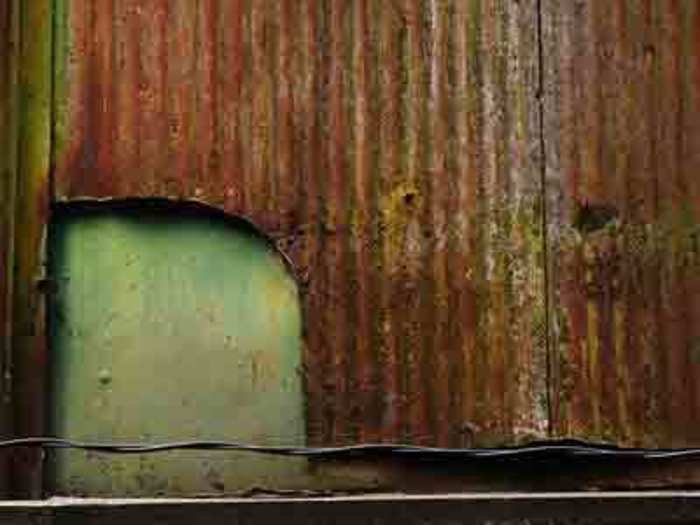
Found in rust removers, aluminum brighteners and heavy duty cleaners.
Listed as a hazardous air pollutant in the Clean Air Act.
Fumes are highly irritating, corrosive, and poisonous. Repeated ingestion over time can lead to hardening of the bones, and contact with liquid can produce severe burns. A lethal dose is 1.5 grams.
Absorption of substantial amounts of hydrogen fluoride by any route may be fatal.
One of the hydraulic fracturing companies used 67,222 gallons of two products containing hydrogen fluoride in 2008 and 2009.
Sources: ProPublica; U.S. Energy and Commerce Committee Hydraulic Fracturing Report
Naphthalene
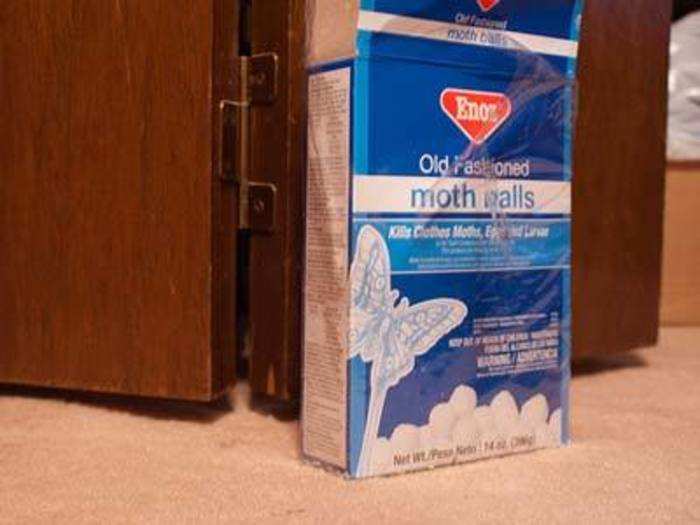
A carcinogen found in mothballs.
Listed as a hazardous air pollutant in the Clean Air Act.
Inhalation can cause respiratory tract irritation, nausea, vomiting, abdominal pain, fever or death.
Sources: ProPublica; U.S. Energy and Commerce Committee Hydraulic Fracturing Report
Sulfuric acid
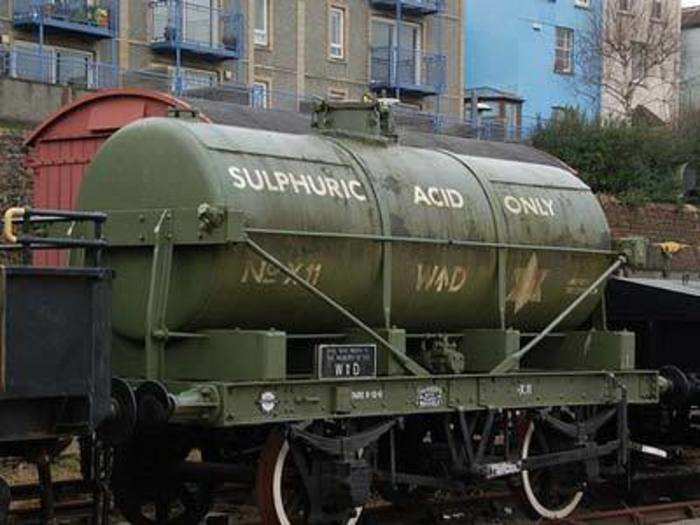
A carcinogen found in lead-acid batteries for cars.
Corrosive to all body tissues. Inhalation may cause serious lung damage and contact with eyes can lead to a total loss of vision. The lethal dose is between 1 teaspoonful and one-half ounce.
Source: ProPublica
Crystalline silica
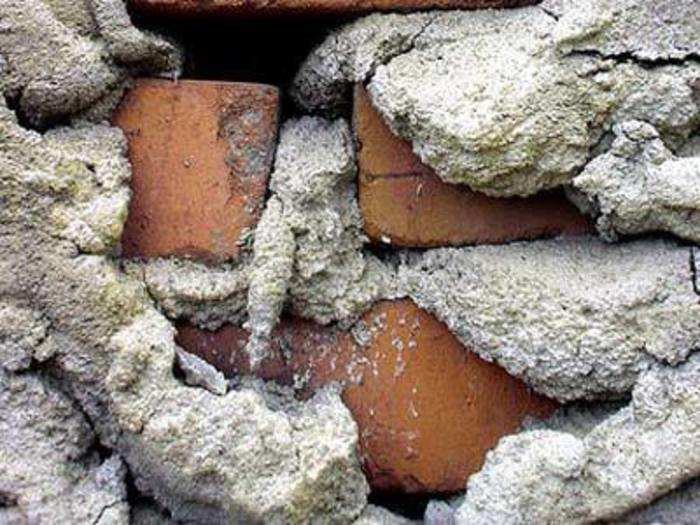
A carcinogen found in concrete, brick mortar and construction sands.
Dust is harmful if inhaled repeatedly over a long period of time and can lead to silicosis or cancer.
Source: ProPublica
Formaldehyde

A carcinogen found in embalming agents for human or animal remains.
Ingestion of even one ounce of liquid can cause death. Exposure over a long period of time can cause lung damage and reproductive problems in women.
Source: ProPublica
Unknown chemicals
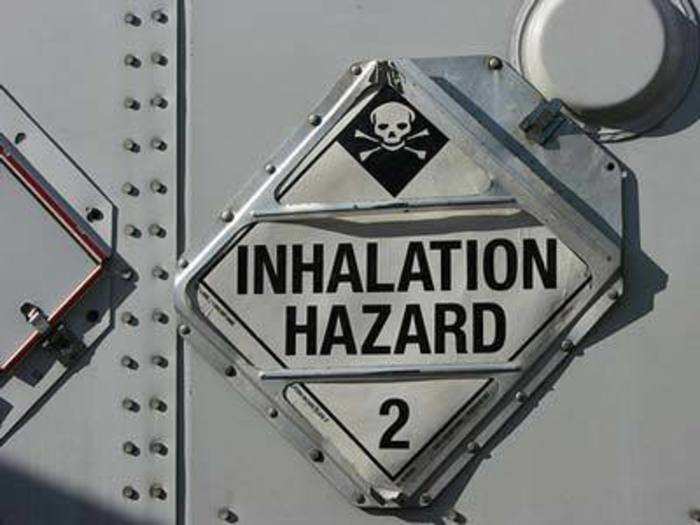
"Many of the hydraulic fracturing fluids contain chemical components that are listed as 'proprietary' or 'trade secret.' The companies used 94 million gallons of 279 products that contained at least one chemical or component that the manufacturers deemed proprietary or a trade secret. In many instances, the oil and gas service companies were unable to identify these 'proprietary' chemicals, suggesting that the companies are injecting fluids containing chemicals that they themselves cannot identify."
Source: U.S. House of Representatives Energy and Commerce Hydraulic Fracturing Report
Popular Right Now
Popular Keywords
Advertisement
